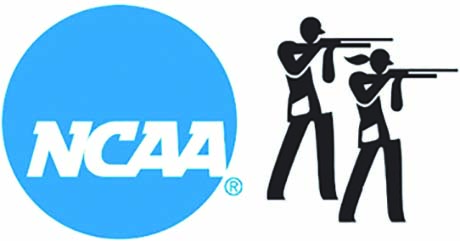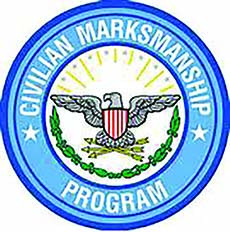by Joseph P. Tartaro | Executive Editor
The benefits of athletic scholarships are not limited to contact and ball sports participants. If you know promising students who are also competitive shooters, opportunity may be knocking for them.
While it is probably too late to look for possible athletic scholarships related to riflery, clay target sports or pistol for the 2016-17 school year, this might be a good time for a relative or friend to help high school students start doing some research.
 There are multiple benefits to pursuing a shooting sports related scholarship and tuition assistance. In addition to an opportunity to gain a college diploma, such an approach helps young people to advance to a high level of competition—at the college level and beyond.
There are multiple benefits to pursuing a shooting sports related scholarship and tuition assistance. In addition to an opportunity to gain a college diploma, such an approach helps young people to advance to a high level of competition—at the college level and beyond.
Some of the shooting athletes representing the USA Shooting Team at the Olympics in Brazil this summer started their careers in high school and gained more competition experience through a collegiate scholarship before additional training for world class competition.
Of course, shooting athletes probably won’t be drawing the million-dollar salaries that beginners enjoy in professional football, basketball, hockey and baseball, but they will have gained valuable experiences for life.
There is more tuition assistance available than one might think, but there are requirements to be met. Organizations, schools and coaches usually require applicants to demonstrate scholastic ability, writing or other communications skills as well as documentation of past shooting successes.
 For example, this year alone the Civilian Marksmanship Program (CMP) has awarded $152,000 towards outstanding junior marksmen through its CMP Scholarship Program, grants to be used for the 2016-2017 year. The CMP received a total of 267 applications, and 152 scholarships were awarded.
For example, this year alone the Civilian Marksmanship Program (CMP) has awarded $152,000 towards outstanding junior marksmen through its CMP Scholarship Program, grants to be used for the 2016-2017 year. The CMP received a total of 267 applications, and 152 scholarships were awarded.
We’ll return to the CMP scholarship program in a moment, but they are not the only possible source of tuition assistance.
More than 30 colleges and universities offer scholarships in the shooting sports to both young men and women as part of the National Collegiate Athletic Association (NCAA) program. In addition, there are a number of shooting sports associations that also offer partial and/or full collegiate scholarship to applicants with the right credentials.
Among these are the 4-H, Amateur Trapshooting Association, the National Skeet Shooting Association, National Sporting Clays Association, Scholastic Clay Target Association (including its Scholastic Pistol Program), the National Rifle Association and National Shooting Sports Foundation. In addition, several state and regional gun-related organizations have programs for partial or full scholarships.
Student shooting athletes will have to ask around, preferably within the shooting discipline in which he/she has the most experience. Each organization has its own process and standards. At the NCAA level, prospects will also need to be interviewed by the coaches who will guide the institution’s team. If you get started now, you can plan ahead. It’s not easy, but it’s well worth the effort.
And sometimes there is a crossover in the various support programs with partial scholarship grants.
Here’s an example of how it works. In April, CMP board members and staff carefully sorted through piles of applications to determine which young marksmen and women would receive scholarships for the coming academic year. The $1,000 CMP Scholarships are available to graduating high school JROTC, 4-H and other junior shooting club members. Scholarship applications are only accepted if they are received completed and if the applicant is a US citizen, shows good moral character, is a contributing member to society and is a scholar marksman.
Of the complete 233 applications reviewed for consideration by CMP, 120 were submitted by female juniors and 113 by male. Every state, except three, submitted at least one application. Students from Pennsylvania submitted the most, with 16, followed by Georgia (15) and Illinois (13). Even Hawaii was represented in the process, recording a total of 11 entries.
In addition to the scholarships awarded to talented marksmen across the country, six local scholarships were awarded to athletes in the Port Clinton, OH, and Talladega, AL, areas where CMP has permanent installations.
Sometimes there are other requirements for eligibility. For example, the National Shooting Sports Foundation issues about 25 scholarships each year worth a total of about $60,000, but in addition to the other requirements, the applicants must be related to someone employed in the firearms industry.
It’s not surprising that gun sports organizations and the firearms and ammunition industry seek to assist promising young people. After all, the future leaders in every avenue of life will always come from the ranks of the young.
More information is available on the websites of the respective sponsoring organizations. The CMP is also publishing on line a series of six helpful articles on collegiate shooting scholarship written by Jonathan Hammond, head coach of the Western Virginia University shooting team.



